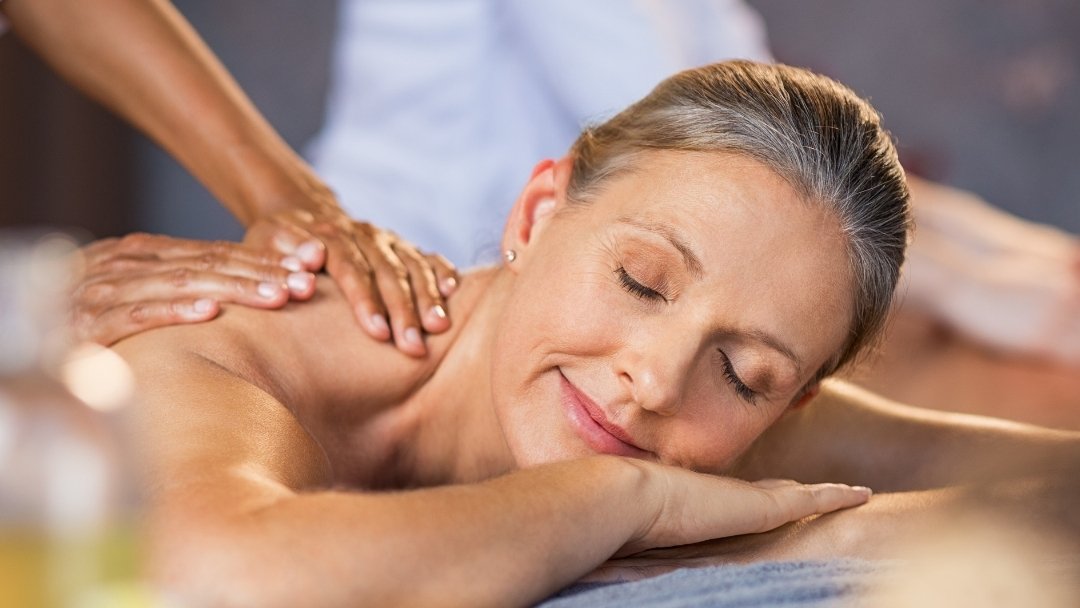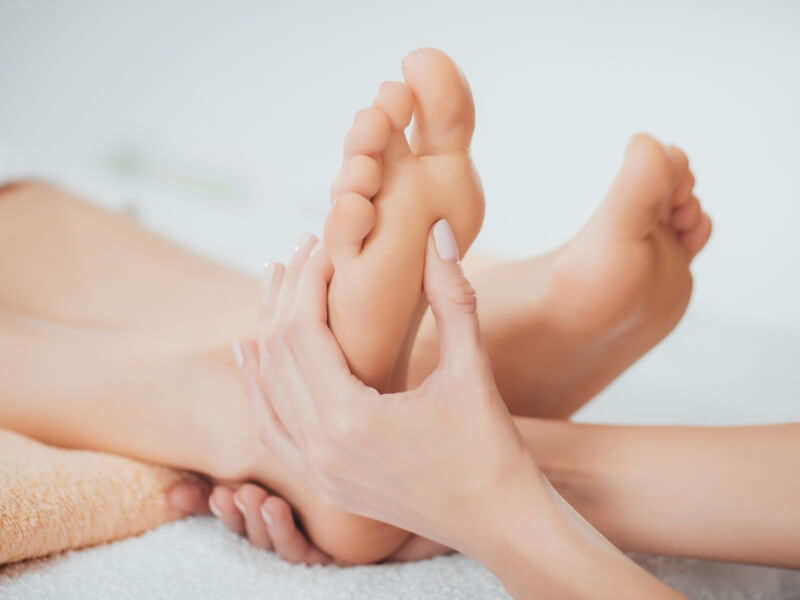Gout is a common form of arthritis that causes severe pain and swelling. It can strike without warning, leaving you searching for relief. But did you know that the ancient practice of reflexology could offer a solution? With its roots in traditional Chinese medicine, reflexology for gout can alleviate the discomfort associated with this condition. In this guide, we will explore the causes and symptoms of gout, the factors that influence its onset, and how reflexology could be a game-changer for those suffering from this debilitating ailment.
What Is Gout?
Gout is a type of arthritis that causes intense pain, redness, and swelling in the joints, often affecting the big toe. It occurs when urate crystals accumulate in the joints, leading to inflammation and severe discomfort. These crystals form when there are high levels of uric acid in the blood, a condition known as hyperuricemia.
How Common Is Gout?
Gout, a common yet curable form of arthritis, affects millions worldwide. In the UK alone, it is estimated that 2-4% of the adult population suffers from gout, making it one of the most common types of inflammatory arthritis in the country. While men are more likely to develop gout, postmenopausal women are also at risk. The key message here is that despite the pain it causes, gout is manageable. With the right treatments and lifestyle changes, you can take control of your gout and live a more comfortable life.
What Causes Gout?
Gout is caused by an excess of uric acid in the bloodstream. This acid is produced when the body breaks down purines, substances found in certain foods and drinks, including red meat, seafood, and alcohol. Usually, uric acid dissolves in the blood and is passed through urine. However, if the body produces too much uric acid or fails to excrete enough, it can build up, form crystals, and cause gout.
What factors influence Gout?
Several factors can influence the development of gout. These include a diet rich in purines, excessive alcohol consumption, obesity, certain medical conditions like hypertension and diabetes, and the use of certain medications such as diuretics. Genetics also play a role, with those having a family history of gout being more likely to develop the condition.
Understanding these factors is important, as they can guide you in making lifestyle changes to manage gout effectively. For instance, adopting a low-purine diet or seeking alternative treatments for gout, such as reflexology, can reduce the frequency and intensity of gout attacks. The benefits of reflexology for gout sufferers are increasingly being recognised, making it a promising natural remedy for gout.
Symptoms of Gout
The symptoms of gout are typically sudden and severe. The most common sign is intense joint pain, often in the big toe, but it can also occur in the ankles, knees and fingers. The affected area may appear swollen, red, and feel warm to the touch. If the gout is in the toe joint, the pain can be so excruciating that a person may be unable to bear weight on that foot.
Gout symptoms usually last 3-10 days, and they can come back every couple of months. The pain tends to be most severe within the first 4 to 12 hours after it begins. Even after the most severe pain subsides, some joint discomfort may remain for several days or weeks. If left untreated, gout can damage your joints.
Self-Help Tips for Gout
Managing gout involves lifestyle changes and sometimes medication. Here are a few self-help tips.
- Maintaining a healthy weight is important, as being overweight increases the risk of gout. Regular exercise and a balanced diet can help achieve this.
- Limit the intake of foods high in purines, such as red meat, seafood, and alcohol.
- Stay hydrated, as it can help flush uric acid out of the body.
- Avoid sugary drinks and foods high in fructose as they have been linked to increased uric acid levels.
- If you’re on medication for gout, take it as directed by your doctor. Regular check-ups can also help monitor your condition and adjust treatment as necessary.
Can Reflexology Help Reduce Gout Symptoms, and How?
Reflexology is a holistic therapy based on the belief that specific points on the feet and hands correspond to different parts of the body. By applying pressure to these areas, it’s thought that we can promote better health and wellness. But can it help with gout? Absolutely! Reflexology can be a powerful tool in managing gout symptoms. It works by stimulating the body’s own healing processes, helping to flush out the uric acid that causes gout. For instance, a common reflexology technique for gout involves applying pressure to the kidney reflex points on the foot. This can help support kidney function and potentially reduce uric acid levels associated with gout. It can also help relieve pain, reduce inflammation, and improve circulation, all of which can benefit gout sufferers.
Here are some specific reflexology points to help improve symptoms of gout:
Kidney Reflex Points: These points are located on the arch of the foot, just below the ball of the foot towards the heel. Since the kidneys are involved in processing and eliminating uric acid, stimulating these reflex points can help support kidney function and potentially reduce uric acid levels associated with gout.
Liver Reflex Points: On the right foot, these points are positioned around the area of the foot that aligns with the lateral edge of the foot just above the arch. The liver plays a role in detoxifying the body, and supporting its function might help manage gout.
Lymphatic System Reflex Points: Located on the tops of the feet and around the ankle area, stimulating these points may assist in reducing inflammation and promoting the removal of toxins, which is crucial for managing gout symptoms.
Adrenal Gland Reflex Points: Located just above the kidney points on the foot’s arch, massaging these points can help manage the stress associated with pain and inflammation, possibly providing relief during gout attacks.
Summary of Benefits of Reflexology for Gout
Reflexology, a safe and natural therapy, offers a range of potential benefits for gout sufferers. It can help to reduce pain and inflammation, improve circulation, and promote the body’s natural healing processes. It’s important to note that reflexology is not a cure for gout, and should not be used as a substitute for medical treatment. However, it can be a valuable addition to your gout management plan. If you’re considering reflexology, it’s always recommended to consult with a healthcare professional before starting any new therapies, ensuring your safety and peace of mind.




